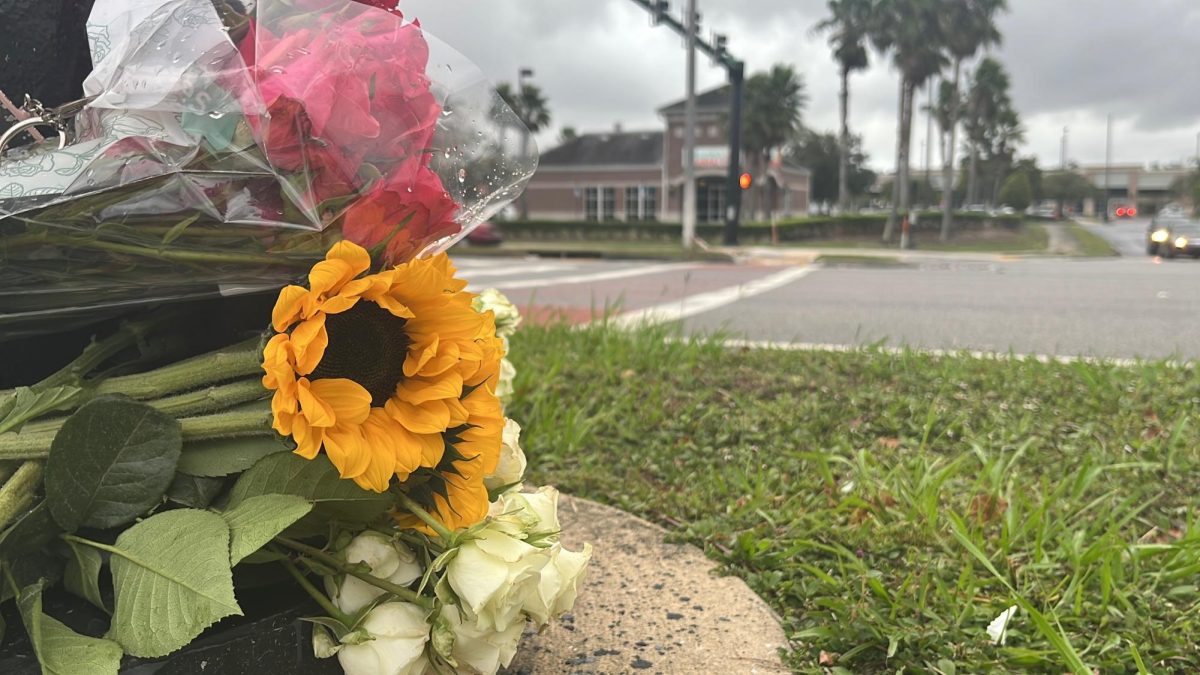“I had no idea if it was algae or some kind of chemical,” worried Angela Baldi, a political science major.

Have you walked by the lake and smelled something you can’t quite put your finger on? Or seen Howard waddling through milky pistachio-green liquid? There’s no need to worry because the Candy Cane Lake is being spot treated.
These treatments help prevent algae blooms and eradicate invasive non-native plant species like Salvinia Molesta, that will damage the overall health of the system.
“This fern (Salvia Molesta) produces abundant spores, but primarily reproduces rapidly by vegetative means. Large clumps of the plant eventually break up and start new ones. Giant salvinia creates a dense cover on the water, blocking out sunlight for other aquatic organisms,” according to the Florida Department of Agricultural and Consumer Services.
UNF uses Lake Doctors to treat things like this on ponds all over campus.
Assistant Director of Landscape and Grounds William Smith said, “The doctors have agreed to and practice minimalist measures to insure the health and safety of our water resources on campus.”

“Since 2014, we have planted numerous pond banks with native plant material. The native plantings add an additional layer of filtration and purification of runoff and reduce admissions from equipment used to manicure the campus grounds. We are also looking into new technology to implement even further measures of filtration in our ponds.” said Smith.

The controlled treatments don’t adversely affect any of our native flora or fauna, according to Smith, so our friends Howard and Mindy won’t have anything to worry about.
—
For more information or news tips, or if you see an error in this story or have any compliments or concerns, contact editor@unfspinnaker.com.















